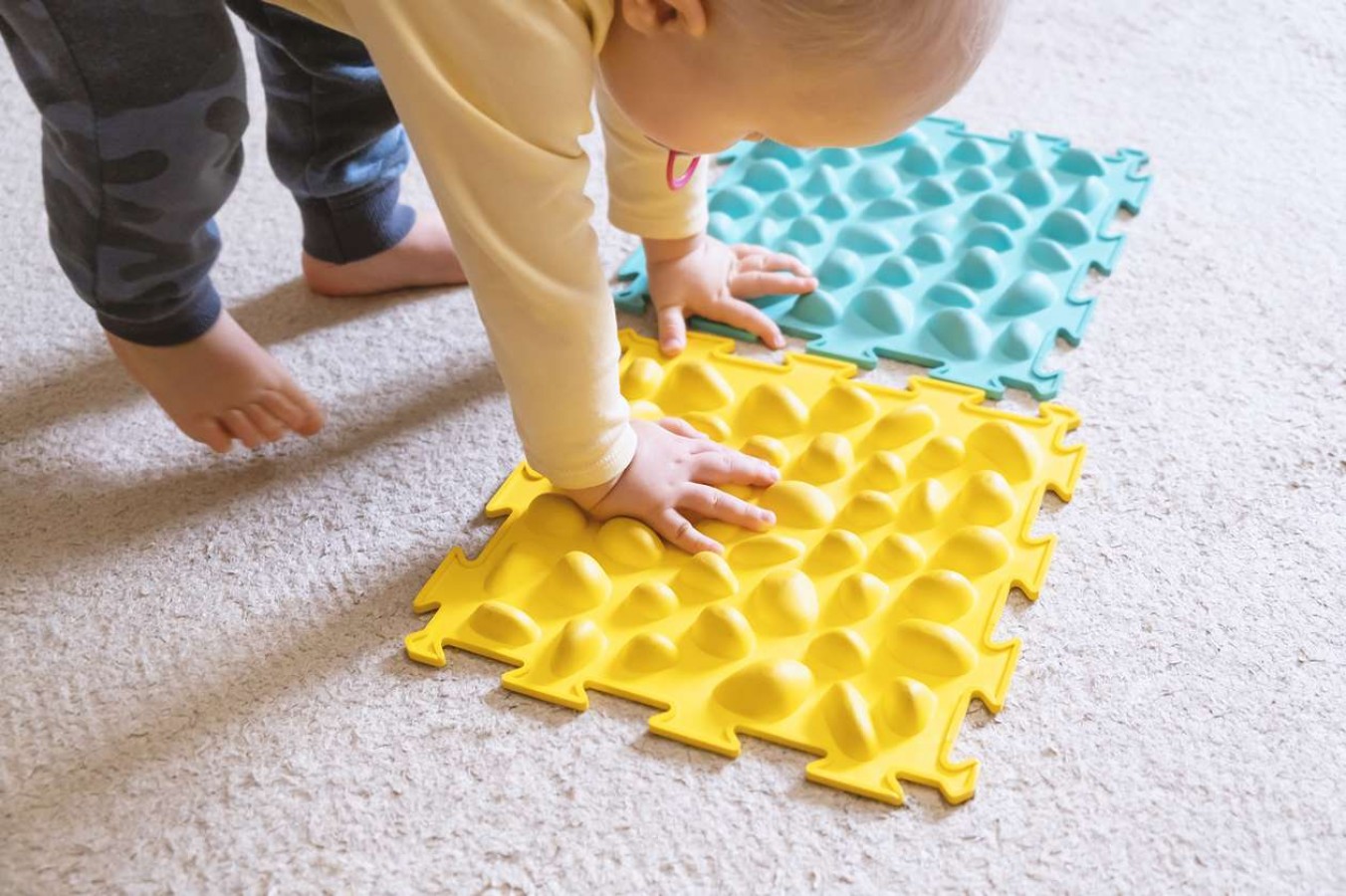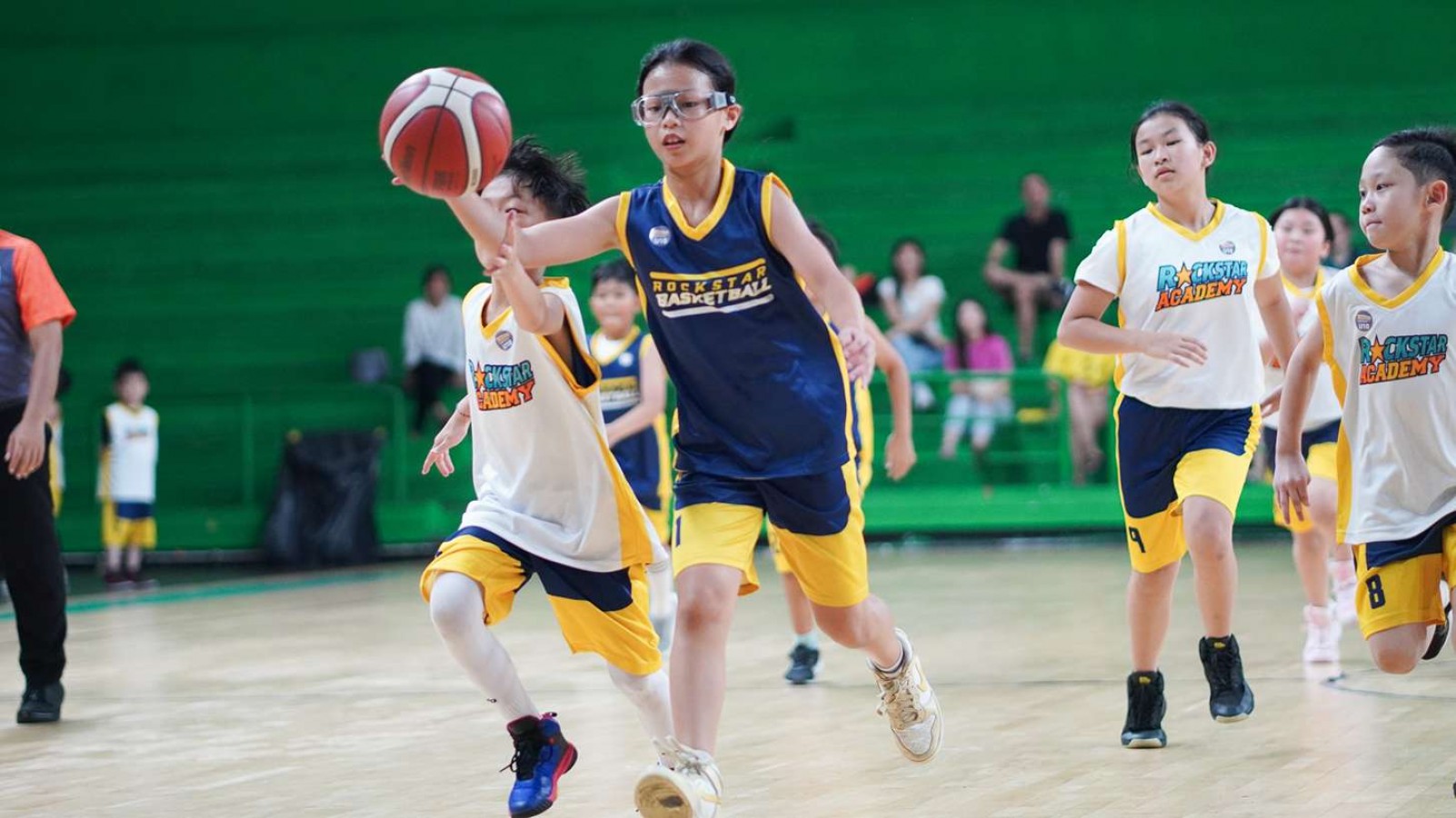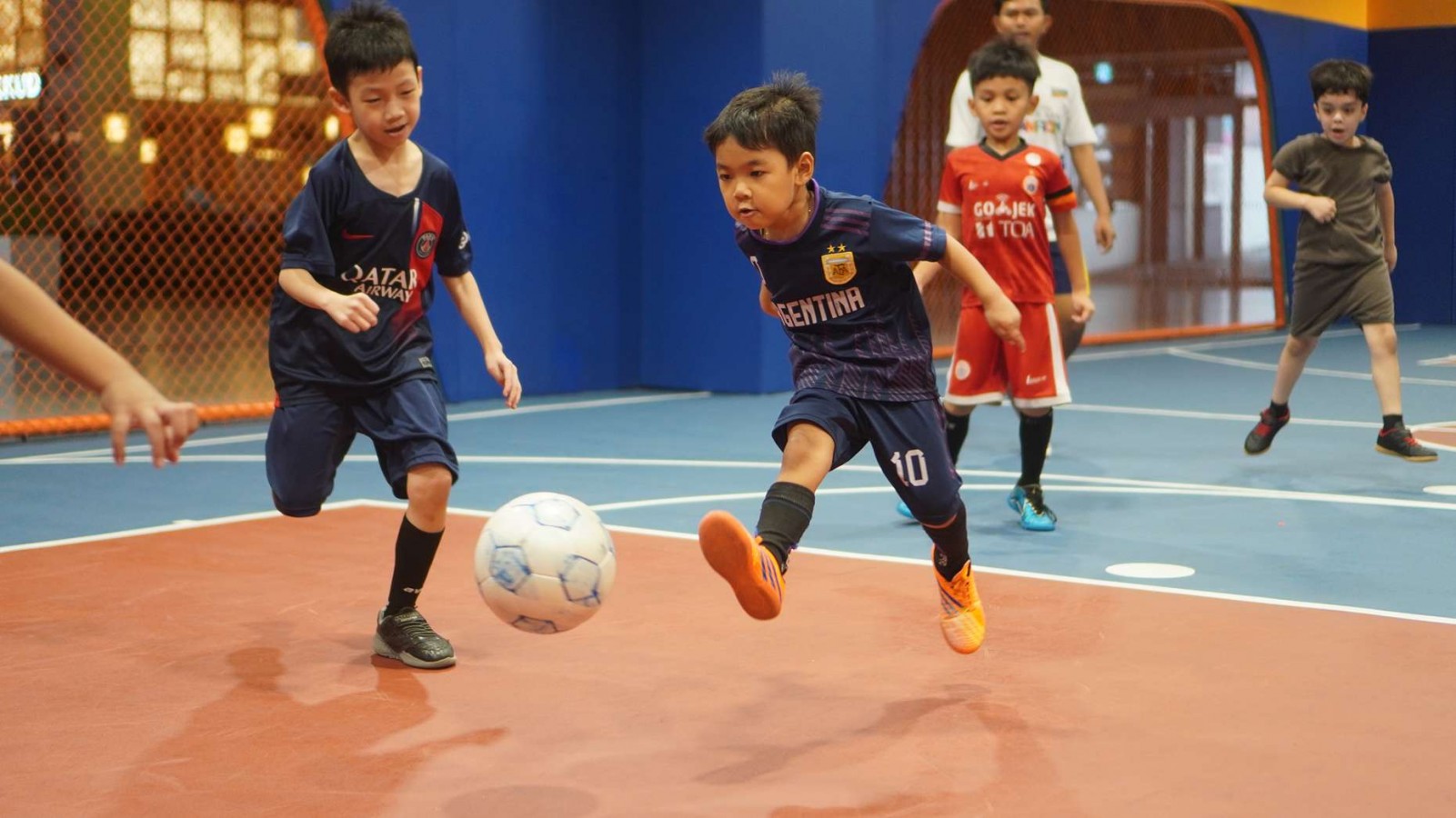The Importance of Texture Exploration for Kids' Development

Ever watched a toddler squish a piece of playdough with the most curious look on their face? Or giggle as they run their hands through a pile of sand? That’s not just play but it’s actually a powerful form of learning!
Kids are little explorers by nature, and one of the most exciting worlds they can dive into is the world of textures. But did you know this simple sensory activity plays a big role in their development? Let’s discover why it’s so important for kids here!
What Is Texture Exploration?
Texture exploration is all about touching, feeling, and experiencing different textures from objects and materials. Think of it as a hands-on adventure where kids get to discover what things feel like. Whether it’s the softness of a stuffed toy, the crunch of dry leaves, or the squishiness of cooked spaghetti.
It’s a major part of sensory play, which involves engaging the senses. For texture exploration, the focus is on the sense of touch. This might seem simple, but for kids, especially toddlers and preschoolers, touching and feeling different textures helps build their understanding of the world.
It also lays the foundation for important skills like coordination, language, and even emotional development!
Why Texture Exploration Matters for Child Development
When kids explore textures, they're doing much more than just playing. Touching, squeezing, patting, and poking different materials activates their brains in unique ways and helps them make sense of the world around them. Let’s take a closer look at how these hands-on experiences help support their overall growth and development.
1. Boosts Sensory Processing Skills
Kids’ brains are like sponges, soaking up every new experience. When they touch various textures, their brains process these sensations, helping to develop the sensory system. This is crucial for learning how to react to different environments—like knowing that hot surfaces can burn or rough textures might scratch.
Sensory processing skills are the building blocks for many future tasks, including:
- Holding a pencil
- Buttoning a shirt
- Playing musical instruments
- Recognizing objects by touch
2. Supports Fine Motor Skill Development
Feeling and manipulating different textures strengthens the small muscles in kids’ hands and fingers, which are crucial for fine motor skills.
Activities like squeezing sponges, pinching playdough, or peeling textures off stickers help build hand strength, coordination, and finger control.
3. Encourages Curiosity and Cognitive Growth
Texture exploration leads to discovery and learning. Kids begin asking questions like:
- Why is this soft?
- How does this feel so cold?
- Why is this bumpy?
These experiences lead to early scientific thinking. This builds cognitive development and encourages problem-solving skills.
4. Enhances Language and Communication
As children touch different textures, they learn to describe them: “This is rough,” “That’s sticky,” or “So soft!” These experiences expand vocabulary and improve communication skills.
Parents and caregivers can guide this by using descriptive words and encouraging kids to express their thoughts and feelings about what they’re touching.
5. Supports Emotional Regulation
Believe it or not, texture exploration can be calming. Soft or repetitive textures can help kids feel soothed and relaxed. This is especially beneficial for children who struggle with sensory sensitivities or anxiety.
6. Reduces Picky Eating (Yes, Really!)
Believe it or not, letting your child play with their food (in a controlled way, of course!) might actually help them eat it. Studies have shown that sensory play can significantly increase a child’s openness to trying new foods.
That’s because fruits and veggies aren’t always consistent: a banana today might be firm, while tomorrow it’s soft and squishy. A steamed carrot feels totally different from a raw one.
When kids explore the textures of fresh foods during sensory or messy play, they're learning about food in a stress-free, pressure-free environment. For children who are hesitant or picky eaters, this is a game changer.
How Parents Can Encourage Texture Exploration
You don’t need to spend a fortune on fancy sensory toys or elaborate activities. Encouraging texture exploration is actually super easy and you probably already have everything you need right at home!
It’s all about giving your child opportunities to touch, squish, rub, squeeze, and play with different materials in a fun and relaxed way. Here are some simple and creative ways you can help your child explore textures every day:
1. Set Up a Sensory Bin
A sensory bin is basically a mini treasure chest for your child’s fingers! All you need is a shallow plastic tub or container, and then fill it with anything that feels interesting to touch.
Ideas for what to put in the bin:
- Dry rice or pasta (add food coloring for extra fun!)
- Dried beans or lentils
- Sand or kinetic sand
- Water beads (super squishy and slippery!)
- Pom-poms, sponges, or cotton balls
Let your child scoop, pour, dig, or just feel the materials with their hands. You can even throw in measuring spoons, cups, or small toys to make it more interactive.
2. Use Household Items
Sometimes, the best texture adventures are hiding in your laundry basket or kitchen drawer. Everyday objects around the house are full of interesting textures your child can explore safely.
Try these simple ideas:
- Compare the soft fluffiness of a towel with the crinkly slickness of aluminum foil.
- Feel the difference between a sponge (squishy) and a dish brush (bristly).
- Crumple tissue paper or pop bubble wrap.
- Touch different fabric swatches like silk, denim, or fleece.
3. Explore Nature Together
Nature is the ultimate sensory playground and it’s free! Take your child outside and encourage them to touch, feel, and describe what they find.
Fun things to feel:
- Tree bark (rough or bumpy?)
- Grass (tickly or soft?)
- Smooth pebbles and jagged rocks
- Leaves, flowers, dirt, or even mud!
As you explore, ask simple questions like:
- “Is that smooth or scratchy?”
- “Does it feel warm or cool?”
- “Is it soft like a pillow or hard like a rock?”
You’ll be amazed how much kids learn just by touching and noticing the natural world.
4. Cook and Bake Together
The kitchen is a great place for messy fun and learning. Cooking together not only boosts sensory skills but also teaches life skills and encourages picky eaters to get curious about food.
Invite your child to:
- Squish bananas or avocados with their hands
- Stir thick batter or creamy sauces
- Feel the powdery texture of flour
- Knead and stretch dough
- Touch the graininess of sugar or salt
5. Crafts and Art Projects
Art time is the perfect chance to play with textures while also building creativity. Gather a mix of materials and let your child touch, glue, rip, twist, or stick them together to create their own masterpiece.
Let your child glue them to cardboard, make a collage, or build a 3D shape. You can even make a texture board where it’s a collection of different materials to touch and explore.
6. Incorporate Textures into Playtime
Many toys already come with built-in textures. Some are bumpy, rubbery, smooth, or fuzzy. You can also make texture exploration part of your child’s daily playtime through fun games.
These games help build sensory awareness and keep your child actively learning through play.
How to Include Texture Exploration in Daily Routines
Making texture exploration part of everyday life doesn’t have to take extra time. Try these ideas:
- Morning routine: Talk about the texture of clothes (“This shirt is smooth, this sweater is scratchy!”).
- Bath time: Use washcloths, sponges, foam, and bubbles.
- Mealtime: Encourage touching (and tasting) different textured foods. Several examples like crunchy carrots, mushy bananas, creamy yogurt.
- Bedtime: Let your child choose pajamas or blankets based on how they feel.
Tips for Parents with Sensory-Sensitive Kids
Some children may be sensitive or even overwhelmed by certain textures. That’s okay! Every child is different. Here’s how to support them:
- Introduce one texture at a time.
- Let them explore using a spoon or glove first.
- Don’t force it. Allow them to observe first before touching.
- Even touching something new for a second is progress!
With time and gentle encouragement, most kids will grow more comfortable.
Let’s Explore Textures!
In the end, texture exploration is a powerful way for children to learn, grow, and make sense of the world around them. As a parent, you can support this exciting journey by giving them the right environment to explore, play, and thrive.
If you're looking for a place where your child can flourish both academically and developmentally, Rockstar Academy’s Preschool & Kindergarten program is the perfect start. Our early childhood curriculum not only lays the foundation for academic excellence but also prepares little learners for the transition to more formal schooling.
At Rockstar Academy, the best Sports & Performing Arts Academy, we combine top-notch early education with a wide range of physical activity programs designed to keep your child active, engaged, and confident.
And the best part? We offer a free trial class so you can experience the Rockstar difference before you enroll. Let your child’s adventure begin today!
FAQ
At what age should texture exploration begin?
Babies as young as 6 months can start exploring textures through toys, fabric books, or safe household objects. But toddlerhood (1–3 years) is when it really takes off!
Is texture exploration safe?
Absolutely, as long as the materials are non-toxic, age-appropriate, and supervised. Always watch closely with younger children who might put things in their mouths.
My child doesn’t like touching new things. What should I do?
That’s normal. Start slow, allow observation, and use tools like brushes or gloves. Create a no-pressure environment and celebrate small wins.



